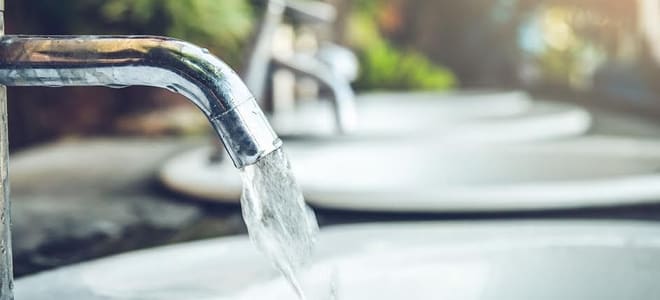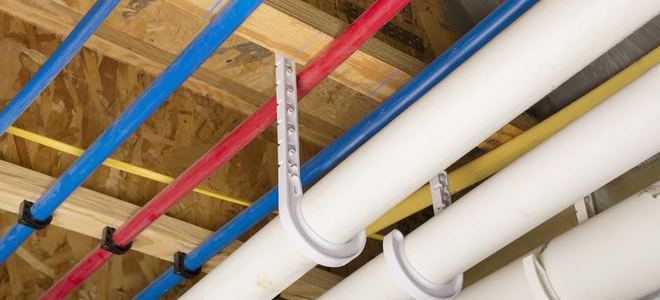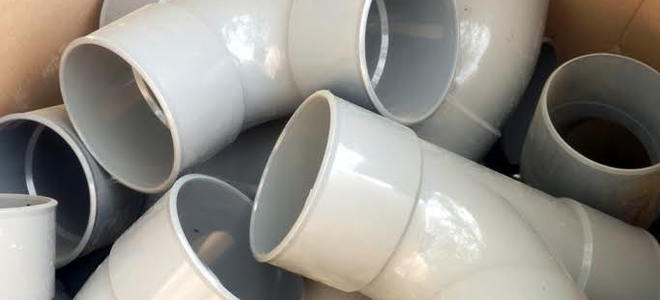Knowing why some water is considered hard while other water is soft will allow you to understand why a water softener could make your life a little more pleasant and might even save you some money. While both hard and soft water are safe to drink, hard water generally contains large amounts of two minerals — magnesium and calcium. These minerals will leave an unattractive soapy scum on drinking glasses and reduce the lather soaps can create leaving clothes washed in them stiff and crusty. Over time the minerals will build up deposits on the inside of water pipes and fixtures, reducing water flow and eventually requiring they be replaced. A water softener will eliminate these problems.
How Do Water Softeners Work?
The idea behind a water softener is very simple: replace the magnesium and calcium ions in the water with a mineral that works with soap (so glasses look clean and clothes aren't stiff). It also won't build up on the inside of pipes. Generally that replacement mineral is either sodium or potassium.
The water softening process takes place inside the water softener where water coming into the house runs through a bed of small plastic (zeolite) beads covered with sodium or potassium. As the water passes over the beads, an ion exchange takes place, leaving the calcium and magnesium ions on the beads and the sodium replacement ions in the water.
Over time, the plastic beads become coated with calcium and magnesium and the bed needs to be regenerated by flushing the beads with a strong solution of brine that's rich in sodium. During the regeneration or backwashing process, the calcium and magnesium ions along with any dirt and residual sodium are flushed out of the water softener, leaving behind newly regenerated sodium ion coated beads.
How Do I Know if My Water Is Hard?
Mineral content isn't all bad. There are degrees of water hardness ranging from less than 1 gpg (grain per gallon) all the way to above 10.5 gpg. It's generally felt that if your water is above 7.1 gpg, a water softener will be useful.
The only ways to determine the mineral content of your water are to either have your water tested or to ask your utility directly.
In general, water taken from the ground contains minerals, so if your water comes from a well or you live in a municipality that doesn't have a water treatment facility, you more than likely have hard water.
Are There Any Downsides to Water Softeners?
Since water softeners replace magnesium and calcium with sodium, they are adding salt to the water (salt is sodium chloride). There may be potential health risks for people on low salt diets or suffering from high blood pressure or kidney disease. You can eliminate this problem by installing a water line that bypasses the water softener so drinking water doesn't go through the water softener but runs directly to the tap.
The high sodium content of softened water means it shouldn't be used for watering lawns or gardens since the sodium will the inhibit growth.







